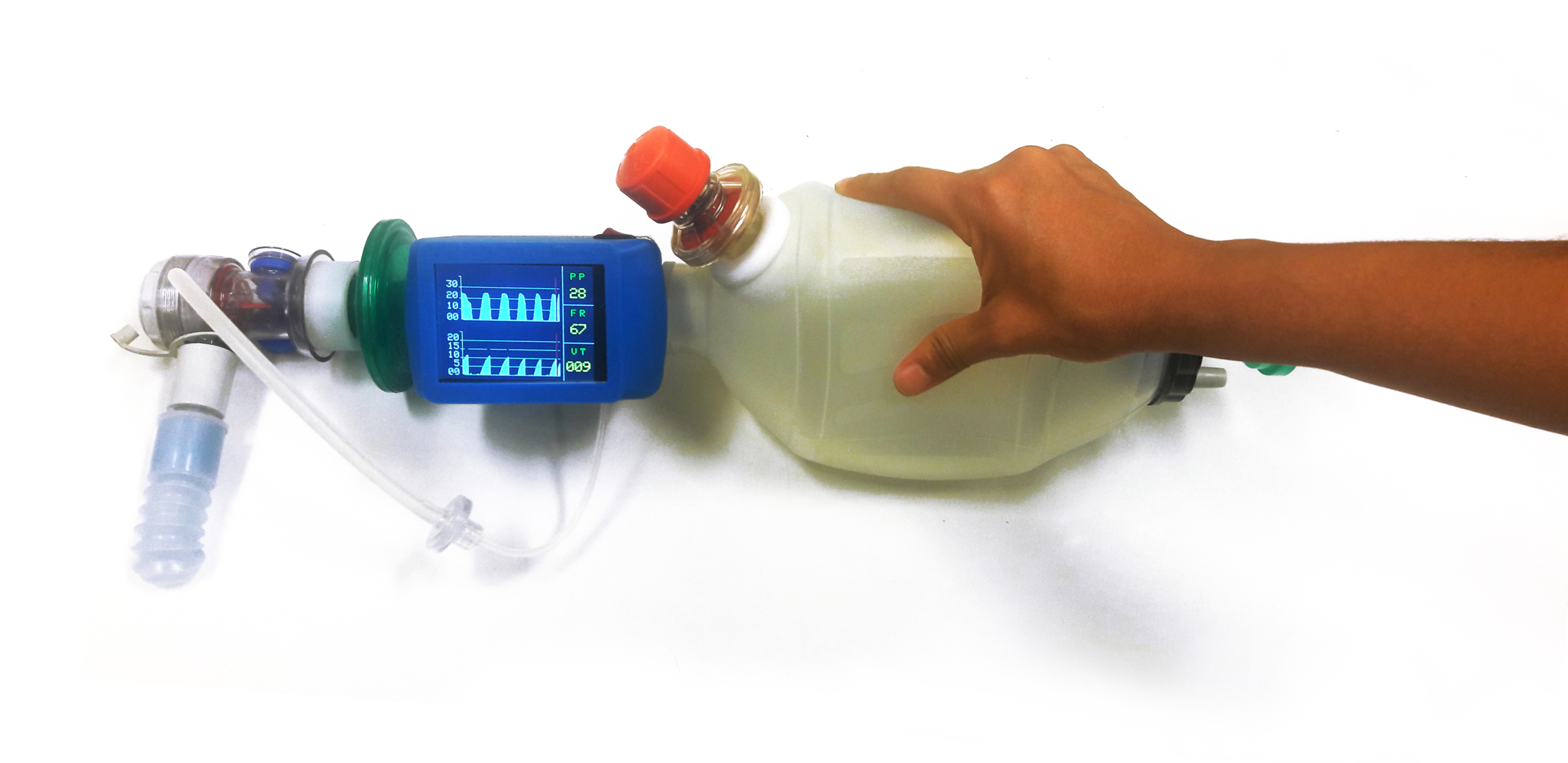
PUCP was represented in the 45th International Exhibition of Inventions of Geneva by Consuelo Cano, graduated in Industrial Design, and Bruno Castillón, Master in Biomedical Engineering, inventors of our University, whose projects received great recognition and positive comments.
The exhibition, by the World Intellectual Property Organization (WIPO), was held from March 29 to April 2 and brought together hundreds of exhibitors with the latest patented inventions in the world. Every year it takes place and it is a space that allows to know the last patented inventions of the world in numerous subjects.
Bruno Castillón, Master in Biomedical Engineering by PUCP, won the gold medal with his project “Manual Adjustable Volume Resuscitator.” Castillón explains the function of the resuscitator and how it differs from other similar initiatives. “At present, manual lung ventilation is deficient because when the physician rhythmically presses the self-inflating bag of the manual resuscitator a series of flows are generated which are not similar, neither in pressure nor in time; resulting in a series of volumes that are not similar either. These irregular flows are a consequence of several factors such as: the movement of the patient attended when transferred from one place to another, the respiratory difficulty and age of the patient, the difficulty of the physician to actuate the self-inflating bag of the manual resuscitator similarly in pressure and in time, etc.,” he says.
“The most relevant negative consequence caused by the irregularity of the pressures with which air or oxygen is administered are pulmonary lesions or barotrauma. In order to solve the problem, a manual resuscitator has been developed which allows to preset the pressure in such a way as to allow a series of similar volumes to be administered at a constant maximum pressure according to the requirement of each particular patient; this action is performed by manipulating an adjustable pressure relief valve, a valve that automatically eliminates excess flow, air or oxygen, which could cause barotrauma,” Castillón explains.
Finally, he states that “the prototype was developed by using mechanical elements of other conventional resuscitators and the monitoring module was developed in the laboratories of the program of Electronic Engineering. In particular, I am motivated to develop projects that contribute to improving health care and the next step would be to convert it into a commercial product for transferring them to health centers. Participating in an exhibition of prestigious inventions, such as the one held in Geneva, is exciting and motivating, insofar as it allows us to compare our research work with others of a global character”.